Advocates for Lolita & Nosey Use Viral Video to Demand that USDA Enforces Animal Welfare Act
The News
Nosey the elephant and Lolita the orca, longtime symbols of the cruelty of animals in entertainment, have also also become symbols of the U.S. Department of Agriculture’s (USDA) failure to enforce the federal Animal Welfare Act (AWA).
After years of protests, petitions and lawsuits, activists nationwide are now using a viral video to demand that the USDA liberate Lolita and Nosey on the grounds that the harsh conditions of their captivity violate the AWA.
Lolita’s captivity at the Miami Seaquarium is not just cruel; it is illegal. Palace Entertainment is violating the AWA in three ways: Lolita’s tank doesn’t meet minimum size requirements; she has no shade to protect her from the sun; and she does not have a killer whale companion.
In February, the National Oceanic and Atmospheric Administration (NOAA) designated Lolita as endangered because she was taken from the protected Southern Resident Killer Whale population. This historic decision has provided legal ammunition to the groups that have sued the USDA for renewing Palace’s license in spite of its AWA violations. If the court rules in favor of the advocacy groups, then Lolita could be released to the Puget Sound where she would be rehabilitated in a coastal sanctuary and, if possible, released to her pod. Lolita’s mother, 86, is reported to be alive.
Your Turn
Filed under: Entertainment
Tagged with: Animal Welfare Act, Blackfish, elephant, Lolita, Nosey, orca, USDA



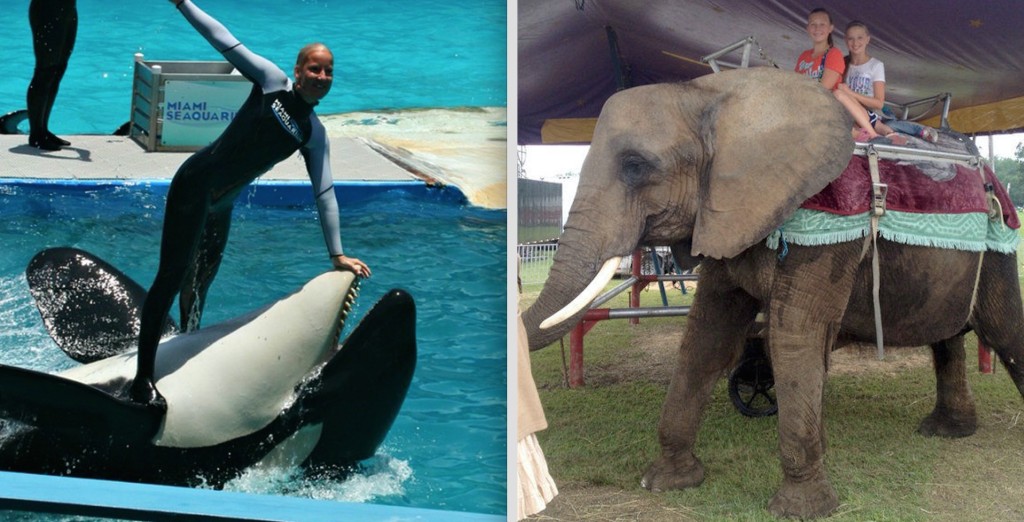
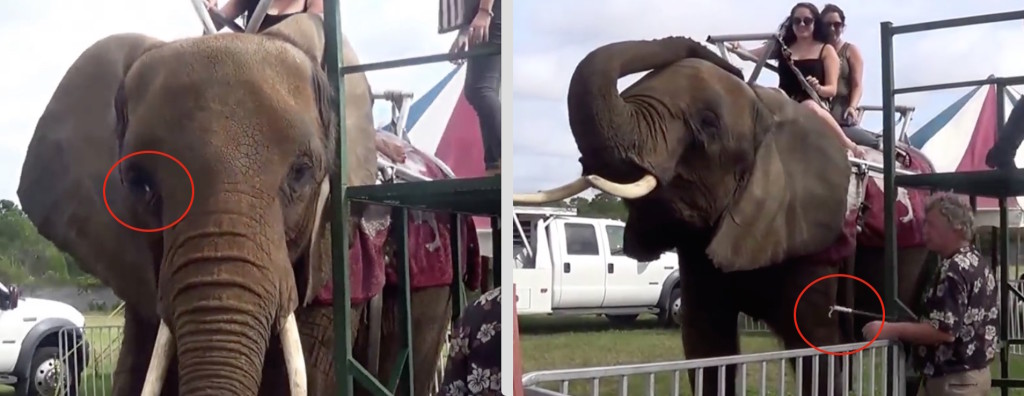
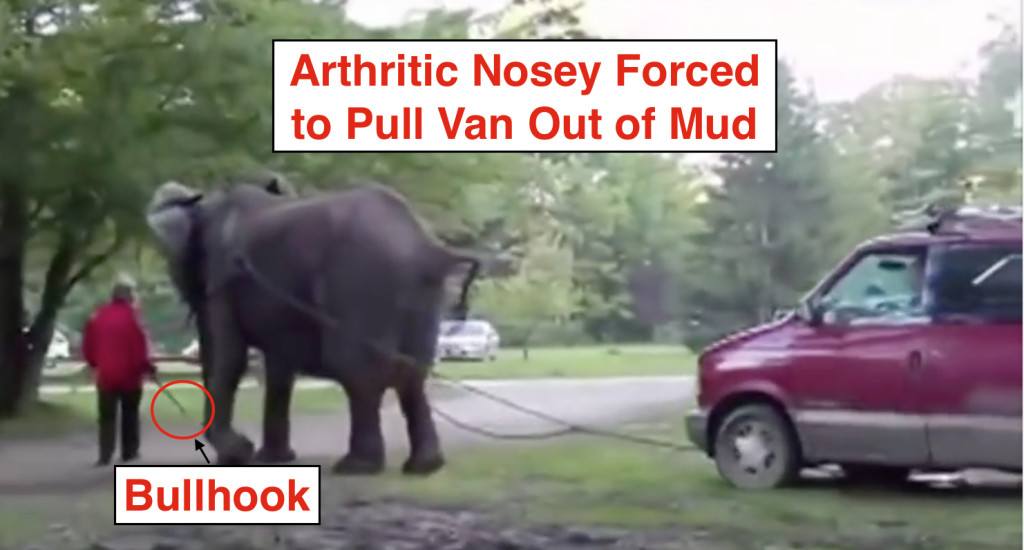
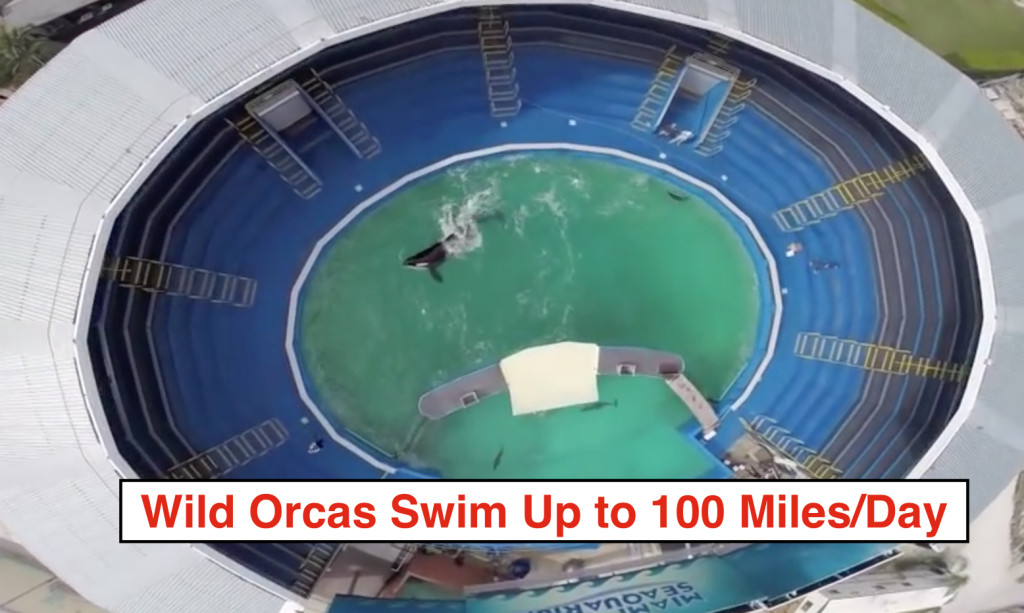
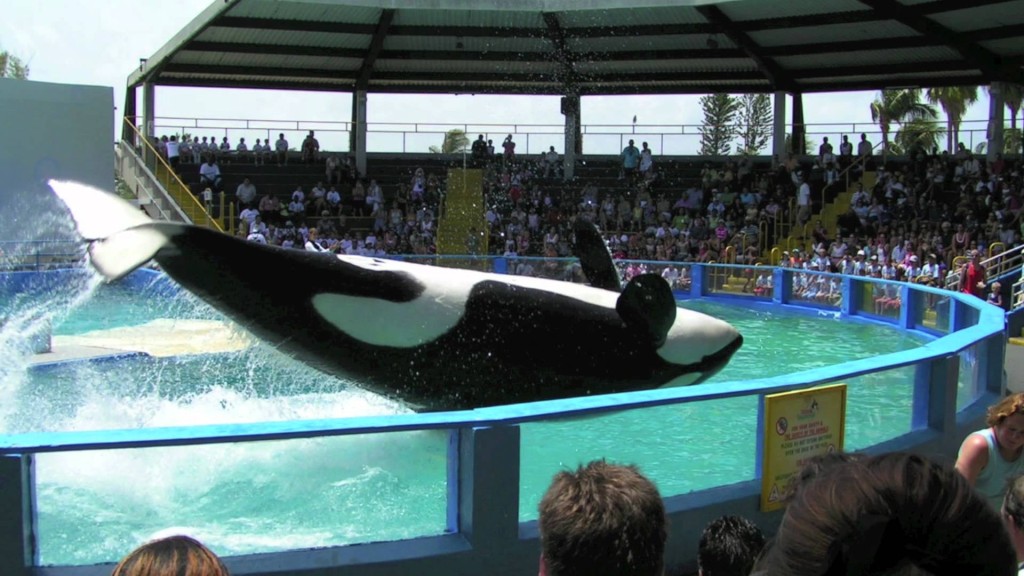
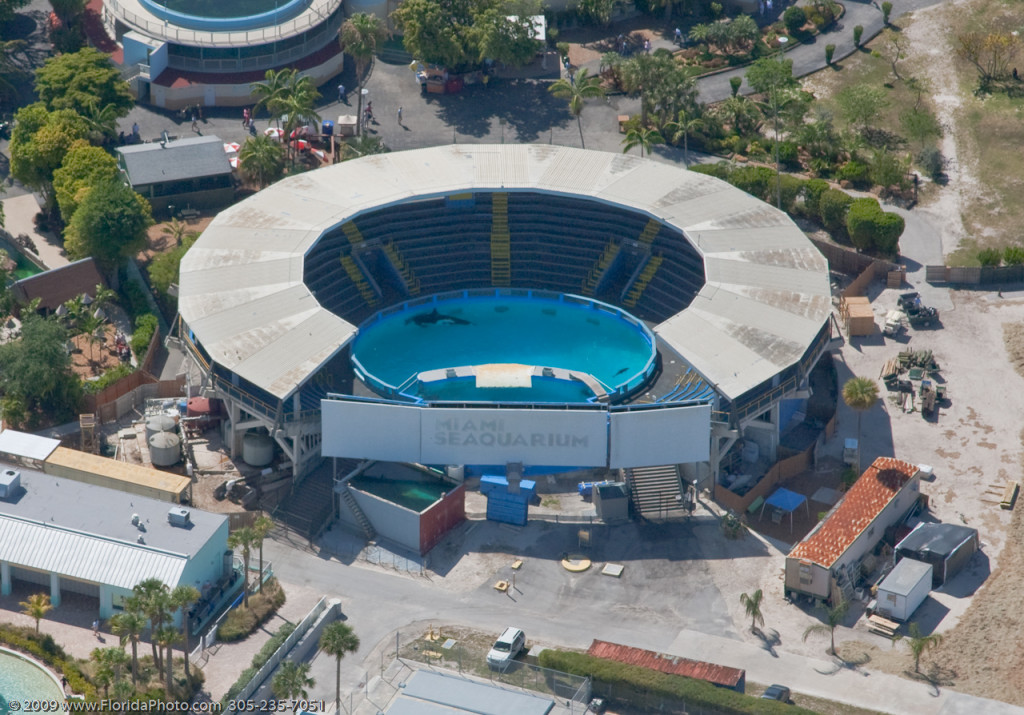
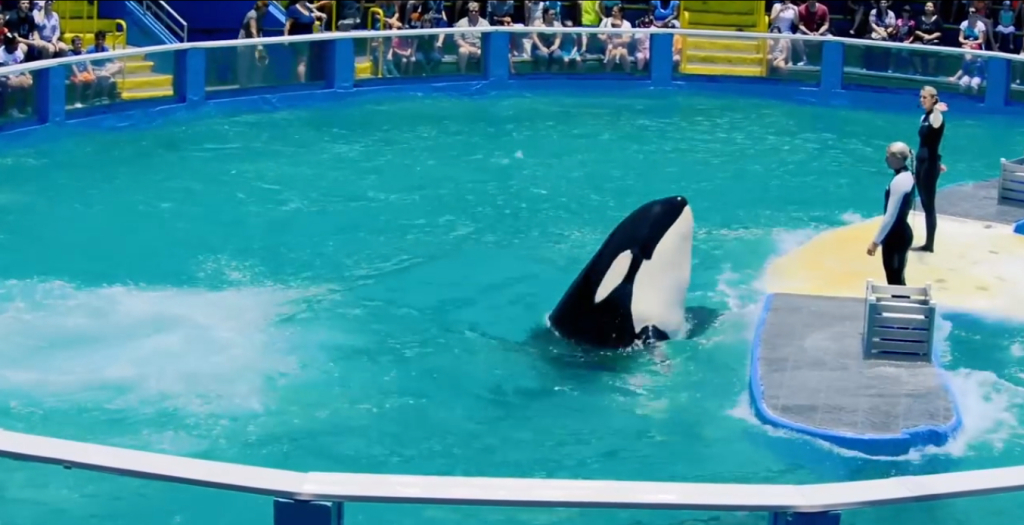
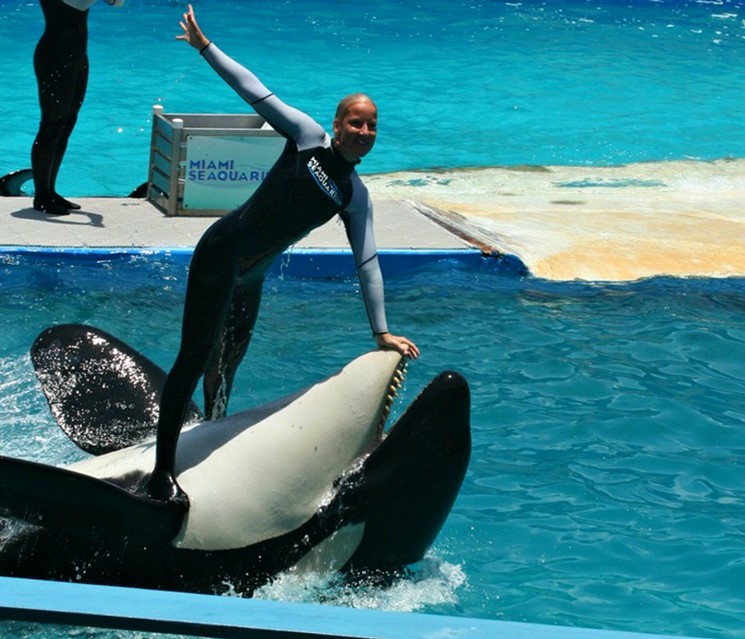


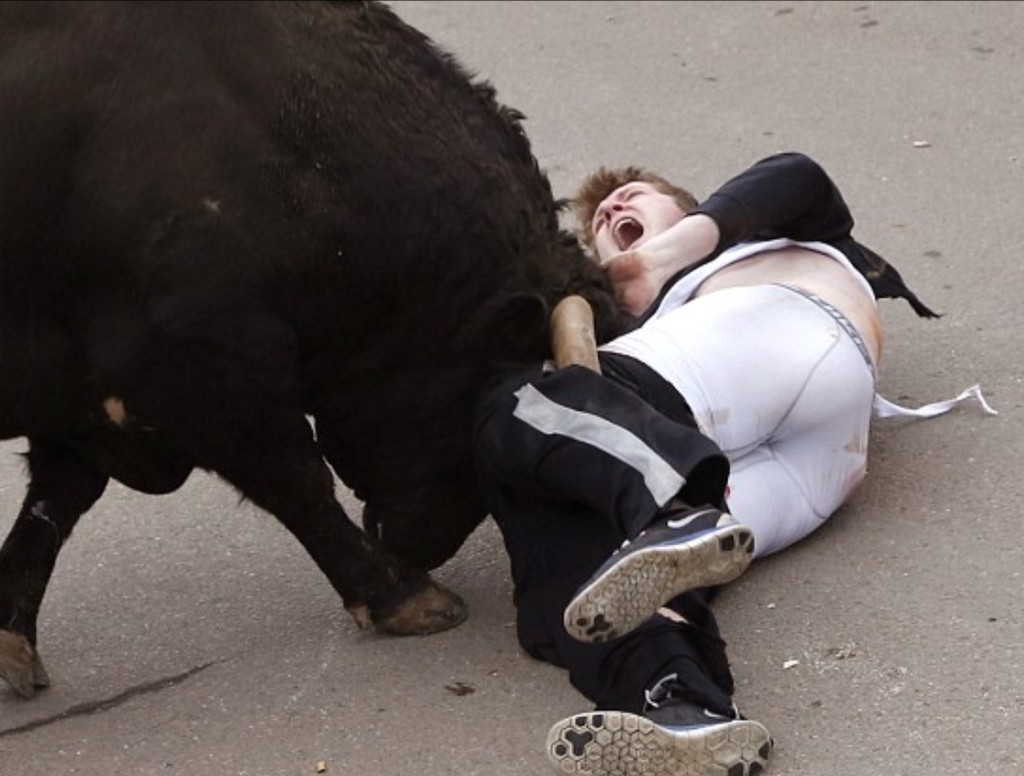

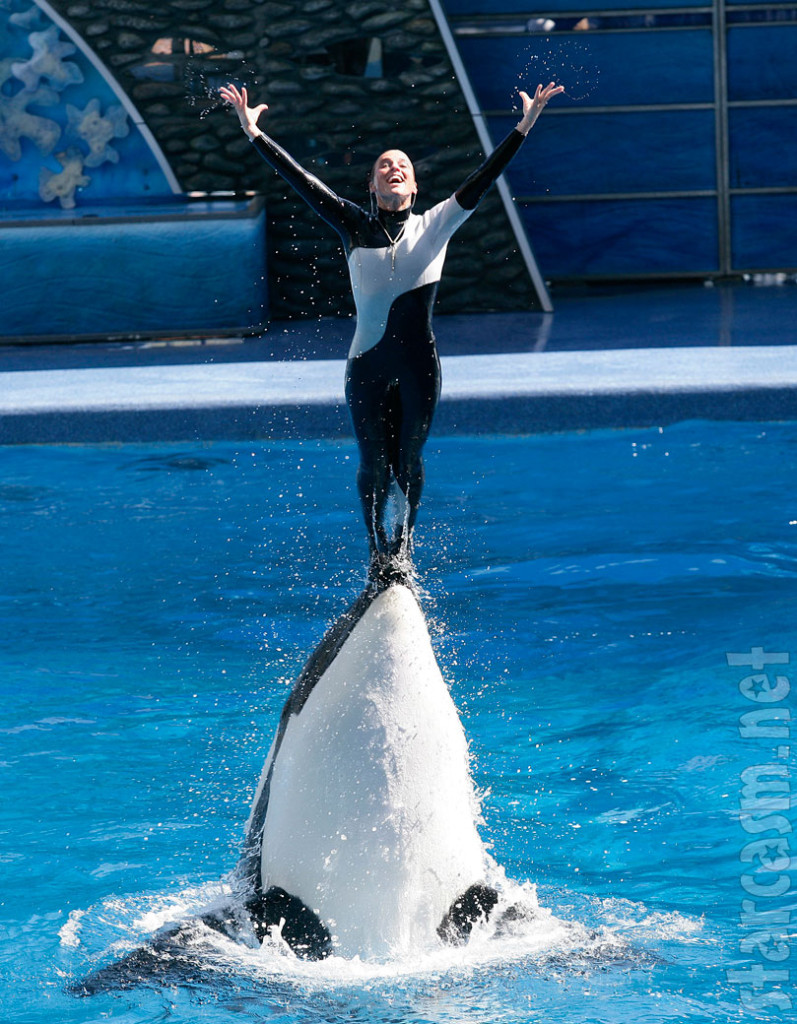
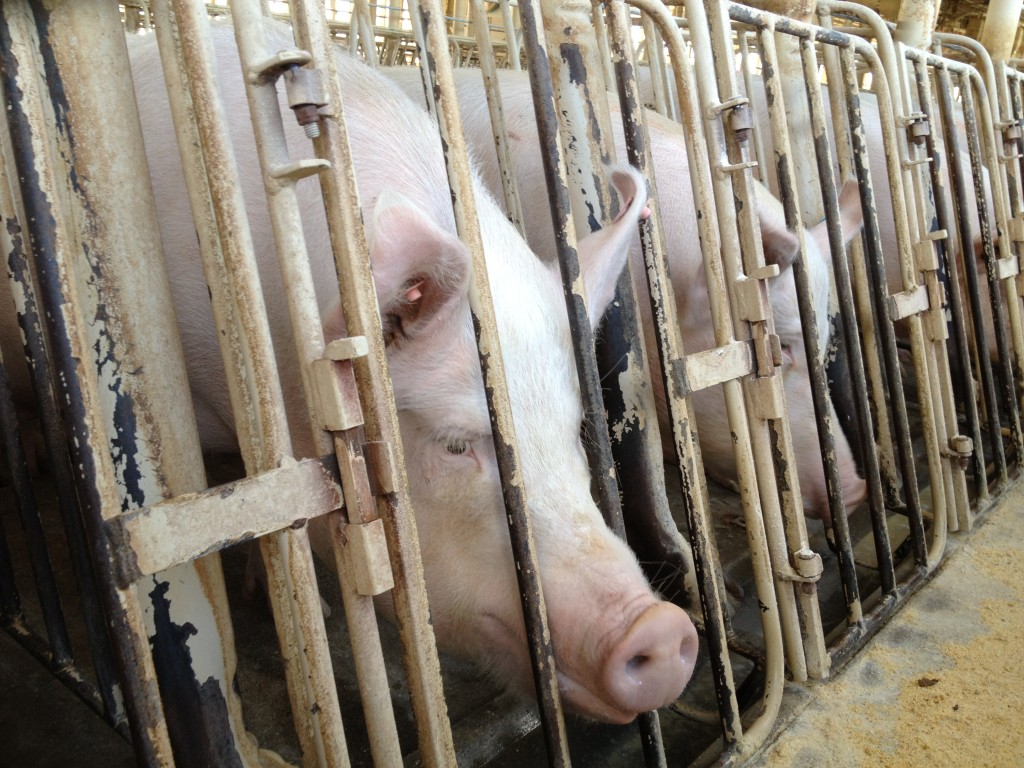

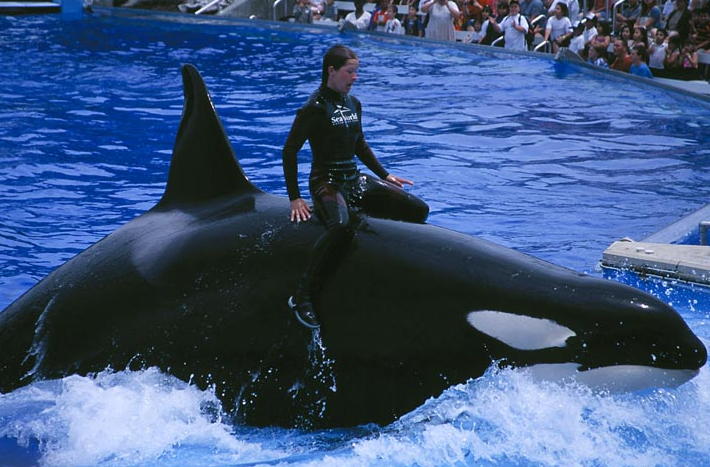
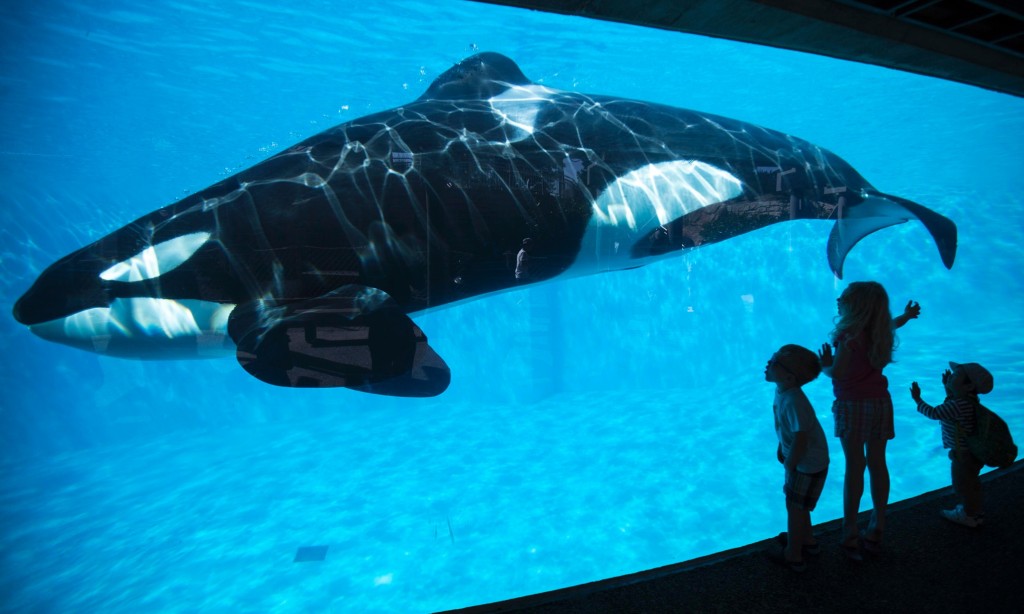
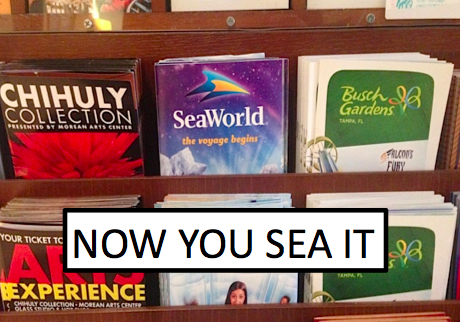

Follow Their Turn